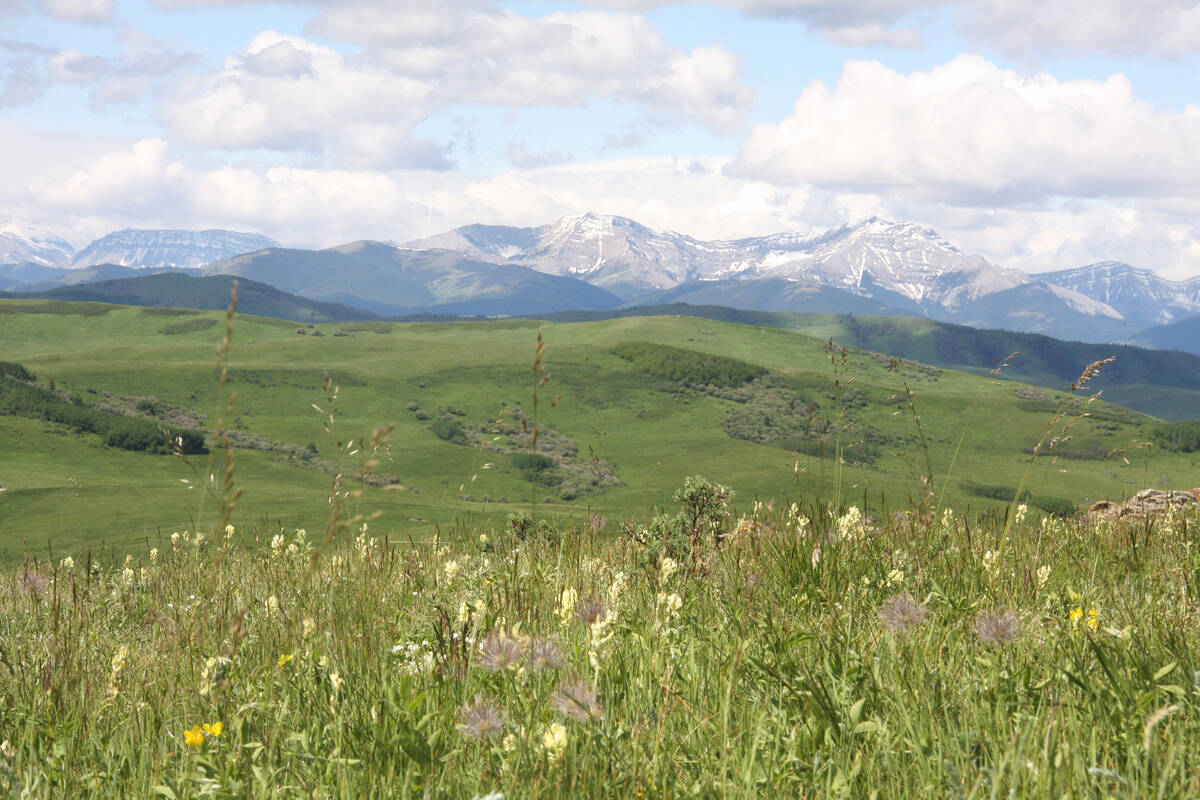WASHINGTON, D.C. — When a dragon lies around his den, what makes him worry about the Canadian canola industry’s bounding gains in production and profits?
“The key is not to sit on one’s laurels,” Sean Wise, a venture capitalist and Dragon’s Den TV show adviser, said in an interview during the Canola Council of Canada’s annual convention in Washington.
“When you’re growing that rapidly, you don’t have to be innovative. You just have to ship product because everyone wants to buy it. Eventually that market tapers off. The real key to long-term growth is innovation.”
Read Also

Selenium not deal breaker in coal mining: expert
Environmental scientist weighs in on coal mining debates in Western Canada, explaining selenium and the technologies and practices to lower its concentrations in nearby waterways to coal mining operations
Wise used his convention speech to tackle the subject of what makes some entrepreneurs, companies and industries grow, but his theme of innovation and concern about complacency ran through a number of presentations.
Farmers, canola product developers and agronomists enjoyed discussing the crop’s incredible gains in acreage, yield, quality and profitability but wondered about factors that could limit that success.
Many speakers worried about rotation and whether farmers are already pushing rotations too tight.
In some parts of the Prairies, the high profitability has encouraged farmers to plant canola on canola or canola every other year, which aerologists and canola developers warn against. Diseases increase and yields drop sharply within too-tight rotations, a number of speakers noted.
However, the projection of a 20 million acre canola crop did not worry many at the conference.
“We can do 20 million very sustainably,” Dave Dzisiak of Dow AgroSciences said in an interview.
“But managing it in a sustainable manner is very, very important. Although the economic incentive is very high, people need to be very mindful of what over-production or shorting up rotations could do.”
The gains in canola have been stupendous. The canola council once set a goal, which drew some skepticism, producing seven million tonnes of canola per year by 2007. The goal was dropped in 2006 because it had already been exceeded.
The council then adopted a goal of 15 million tonnes by 2015, plus increasing the oil percentage of the seed, improving the quality of the meal and boosting the yield of the crop.
Some of those goals have already been met three years short of the deadline. The one most people think about, the 15 million tonnes by 2015, might be met within months.
“That goal is well in hand,” canola council chair Pat Van Osch of Richardson International said in an interview. “All indications are that we’ll plant a big crop and if the weather conditions are good, we could touch that in 2012.”
Farmers produced 14.2 million tonnes of canola last year, regardless of flood and dryness problems.
“What are our goals from here? 20 by 20? 25 by 25? I’m joking, but who knows?”
The biggest gains in canola yield, acreage and profitability have come from the hybridization of canola varieties and the increased robustness of the crop to uncertain prairie weather conditions. Once one of the most touchy of prairie crops, canola is now one of the toughest.
Innovations such as herbicide tolerance made farmers’ lives easier, and specialty canola such as high-oleic varieties gave farmers new ways to grow and market crops and new products for marketers to sell.
Canola’s “healthy oil” profile, which the industry’s advertising campaigns have relentlessly pushed, has also ensured strong consumer demand. As a result, booming production has been met by booming consumption.
As well, the development of biodiesel has added additional demand.















